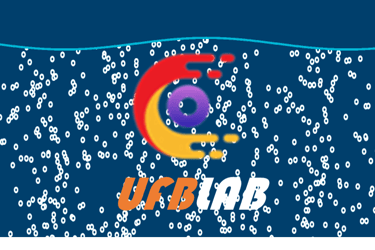Best Oil Seperation and Low Energy Oxygenation for wastewater treatment
Nanobubble technology is an innovative tool for wastewater treatment, improving treatment efficiency, reducing energy use, allowing better performance of existing aeration systems, and producing better biological oxygen demand (BOD) and chemical oxygen demand (COD).
Our Expertise In Wastewater Treatment
Explore the fundamentals, benefits, and research of nanobubbles.


PRETREATMENT
Increases treatment capacity: Nanobubbles can break down difficult-to-treat contaminants like surfactants (from soaps and detergents), fats, oils, and greases (FOG). This prevents emulsions that can disrupt biological processes and allows plants to treat a higher volume of wastewater more efficiently without expanding the physical footprint.


RECIRCULATING AQUACULTURE SYSTEM
Enhances oxygen transfer: The small size and stability of nanobubbles allow for exceptionally high oxygen transfer efficiency. They stay suspended in the water, ensuring better oxygen distribution for aerobic microorganisms, which improves the degradation of organic waste
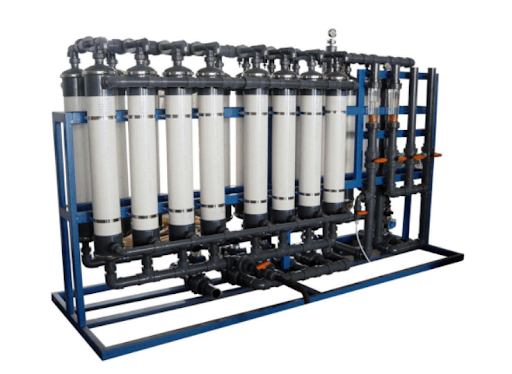

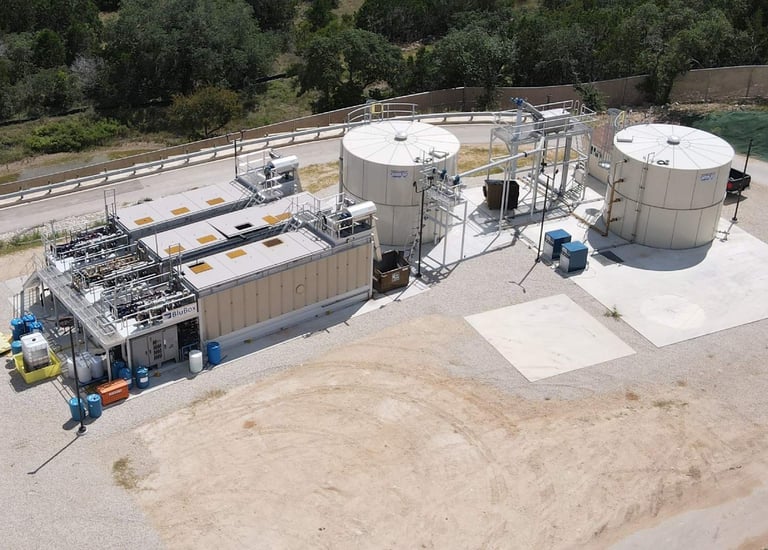

Reduces odors and pathogens:
When infused with oxygen or ozone, nanobubbles can generate reactive oxygen species (ROS), such as hydroxyl radicals. This naturally oxidizes odor-causing compounds like hydrogen sulfide and inactivates harmful microorganisms, providing a chemical-free disinfection method.
Improves solids separation:
With their negative surface charge, nanobubbles attach to suspended solids, colloidal particles, and FOG, causing them to clump together. This process, similar to natural coagulation, enhances flotation and settling, improving the performance of clarifiers and dissolved air flotation (DAF) systems.
→
→
→
→
Nanobubbles Research & Development Insights
Appropriate supply of dissolved oxygen contributes to the increase in the income of fish farmers by increasing production and maintaining longer freshness.
Promote Sustainability
Increased biogas production in anaerobic digestion.
Fewer process upsets and system instability issues.
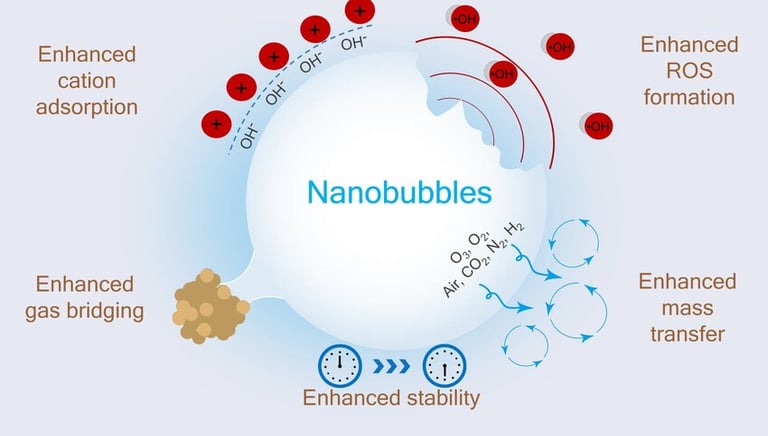

Proven Benefits
Higher effluent quality.
Reduced energy demand.
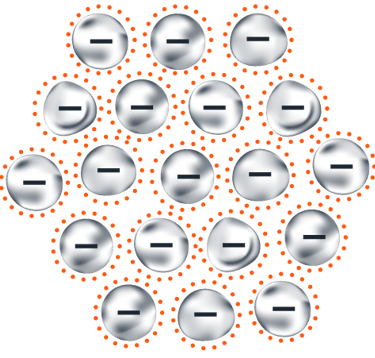


Contact Us
Reach out for inquiries regarding nanobubbles or our research.
Innovation By Research
Shenton Way, Singapore
© 2024. C2C Technology Singapore Pte Ltd All rights reserved.
Company
RELATED Products
